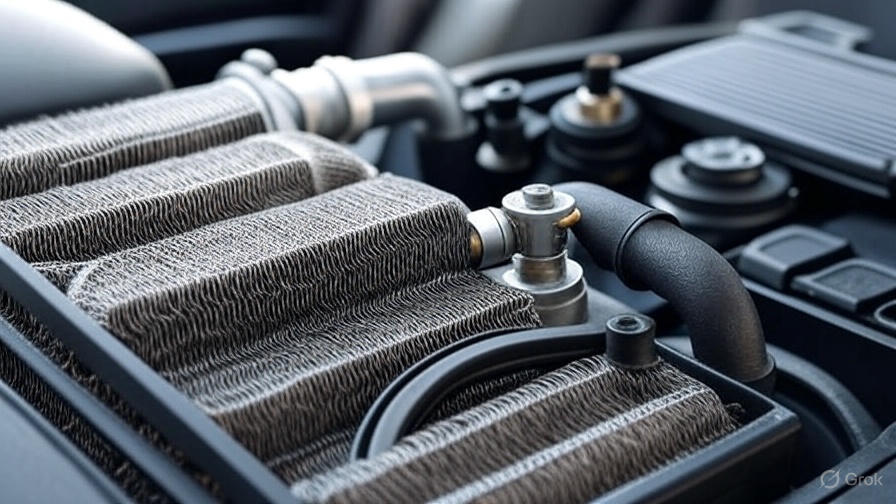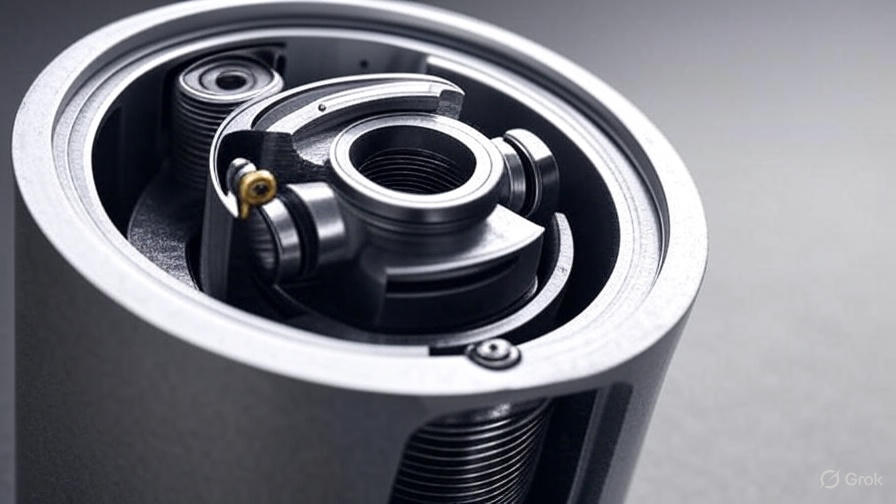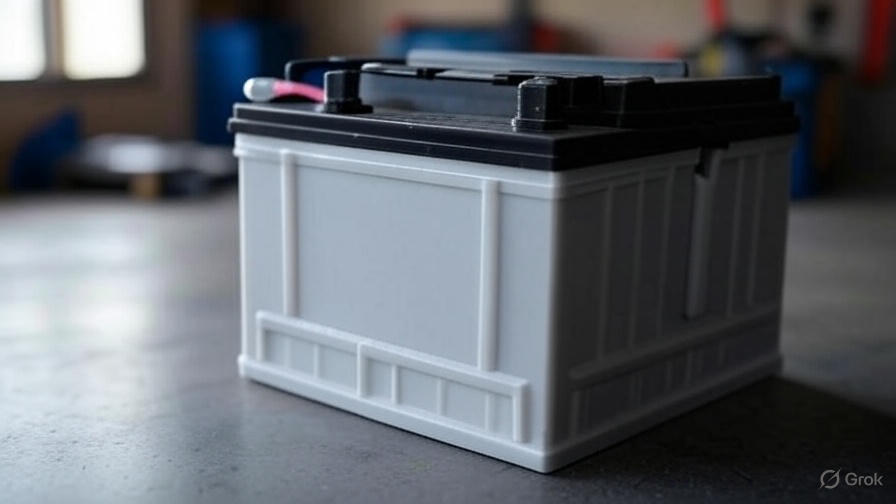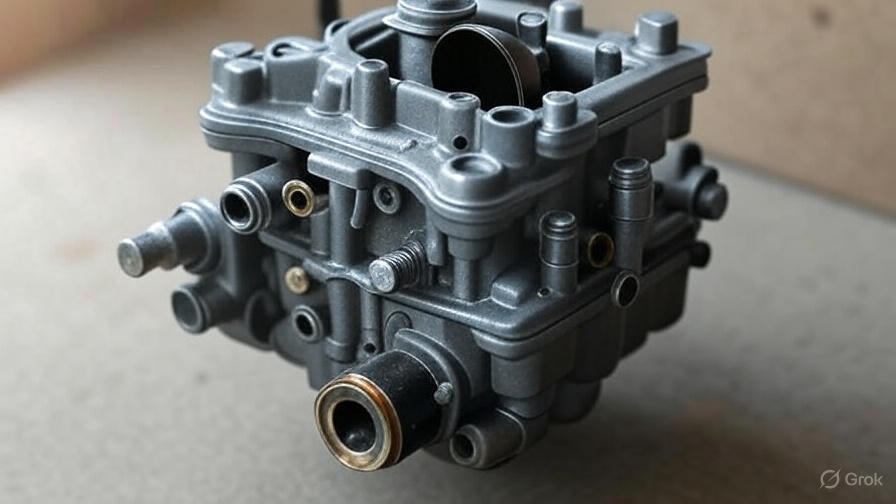Your car’s air conditioning system transforms scorching summer drives into comfortable journeys. This complex mechanical marvel operates on scientific principles that have kept drivers cool for decades. Let’s explore how this essential automotive system works, from the moment you press that A/C button to the refreshing cool air that flows through your vents.
The Science Behind Car Air Conditioning
Car air conditioning systems operate on the refrigeration cycle, a process that removes heat from your vehicle’s interior and releases it outside. The system doesn’t actually create cold air – instead, it removes heat and humidity from the existing air inside your car.
The fundamental principle involves a refrigerant that changes states from liquid to gas and back again. During these phase changes, the refrigerant absorbs and releases heat, creating the cooling effect you feel. This process occurs continuously while your A/C runs, maintaining a comfortable temperature inside your vehicle.
Essential Components of Your Car’s A/C System
The Compressor: The Heart of the System
The compressor serves as the powerhouse of your car’s air conditioning system. This engine-driven component pressurizes the refrigerant, transforming it from a low-pressure gas into a high-pressure, high-temperature gas. The compressor belt connects to your engine’s crankshaft, allowing it to operate whenever your engine runs.
Modern vehicles use different compressor types, including reciprocating, rotary vane, and scroll compressors. Each design offers specific advantages in terms of efficiency, noise levels, and durability. The compressor’s clutch engages and disengages based on temperature demands, helping conserve fuel when cooling isn’t needed.
The Condenser: Heat Dissipation Central
Located at the front of your vehicle, usually in front of the radiator, the condenser resembles a smaller radiator with aluminum fins and tubes. This component receives the high-pressure, high-temperature gas from the compressor and cools it down using airflow from driving or the cooling fans.
As the refrigerant flows through the condenser’s tubes, it releases heat to the surrounding air. The refrigerant condenses from a gas back into a liquid state, though it remains under high pressure. The condenser’s efficiency directly affects your A/C system’s overall performance.
The Receiver-Drier: Moisture and Debris Filter
The receiver-drier acts as a storage tank and filter for your A/C system. This cylindrical component receives liquid refrigerant from the condenser and removes any moisture that might have entered the system. Moisture can cause serious damage to A/C components, forming acids that corrode metal parts.
Inside the receiver-drier, desiccant materials absorb moisture while a filter screen catches debris and contaminants. A sight glass on top allows technicians to check refrigerant levels and quality. This component also ensures a steady flow of liquid refrigerant to the expansion valve.
The Expansion Valve: Pressure Control Expert
The expansion valve controls refrigerant flow into the evaporator while reducing pressure and temperature. This small but crucial component contains a spring-loaded diaphragm that responds to temperature changes at the evaporator outlet.
When your cabin needs more cooling, the expansion valve opens wider, allowing more refrigerant to flow. Conversely, when sufficient cooling is achieved, the valve restricts flow. This automatic regulation maintains optimal system performance and prevents evaporator freeze-up.
The Evaporator: Where Cooling Happens
Hidden inside your dashboard, the evaporator looks similar to a small radiator with fins and tubes. This component receives low-pressure liquid refrigerant from the expansion valve. As the refrigerant flows through the evaporator, it absorbs heat from the cabin air blown across its surface by the blower fan.
The refrigerant evaporates from liquid to gas during this heat absorption process, creating the cooling effect. The evaporator also removes humidity from the air, which is why you see water dripping under your car on hot days when using the A/C.
The Refrigeration Cycle: Step-by-Step Process
Step 1: Compression Phase
The cycle begins when you turn on your A/C. The compressor draws in low-pressure refrigerant gas from the evaporator and compresses it into high-pressure, high-temperature gas. This compression process requires energy from your engine, which is why your fuel consumption increases when using air conditioning.
The compressor’s pistons or rotors create this pressure increase, heating the refrigerant significantly. The hot, pressurized gas then travels through high-pressure lines to the condenser.
Step 2: Condensation Phase
The hot refrigerant gas enters the condenser, where it encounters cooler outside air. As air flows over the condenser’s fins – either from vehicle movement or cooling fans – the refrigerant releases heat and begins to condense back into liquid form.
This phase change from gas to liquid releases latent heat, which the condenser dissipates to the atmosphere. The refrigerant exits the condenser as a high-pressure liquid, still warm but significantly cooler than when it entered.
Step 3: Filtering and Storage
The liquid refrigerant flows into the receiver-drier, where moisture and contaminants are removed. The desiccant materials inside absorb any water vapor, while filters catch particles that could damage other components.
This cleaning process ensures pure, dry refrigerant continues through the system. The receiver-drier also provides a reservoir of liquid refrigerant, helping maintain consistent flow to the expansion valve.
Step 4: Expansion Phase
The high-pressure liquid refrigerant reaches the expansion valve, which creates a significant pressure drop. This pressure reduction causes the refrigerant temperature to drop dramatically, preparing it for the evaporation process.
The expansion valve meters the exact amount of refrigerant needed based on cooling demands. Too much refrigerant can flood the evaporator, while too little reduces cooling capacity.
Step 5: Evaporation Phase
The cold, low-pressure liquid refrigerant enters the evaporator, where it encounters warm cabin air blown by the blower fan. As the refrigerant absorbs heat from this air, it evaporates back into a gas state.
This evaporation process removes heat and humidity from the cabin air, creating the cool, dry air you feel from the vents. The now-gaseous refrigerant returns to the compressor, completing the cycle.
Types of Refrigerants Used in Cars
R-134a: The Previous Standard
For many years, R-134a served as the standard automotive refrigerant. This hydrofluorocarbon (HFC) replaced the ozone-depleting R-12 refrigerant in the 1990s. R-134a systems operate at higher pressures than older R-12 systems but provide excellent cooling performance.
Cars manufactured from 1994 to approximately 2017 typically use R-134a refrigerant. These systems require specific oils and seals designed for R-134a compatibility. Converting older R-12 systems to R-134a requires component modifications and system flushing.
R-1234yf: The Modern Choice
Newer vehicles use R-1234yf refrigerant, which has a much lower global warming potential than R-134a. This hydrofluoroolefin (HFO) refrigerant breaks down quickly in the atmosphere, reducing environmental impact.
R-1234yf systems operate similarly to R-134a but require different service procedures and equipment. The refrigerant costs more than R-134a, but environmental regulations drive its adoption in new vehicles.
Common A/C System Problems and Solutions
Refrigerant Leaks
Refrigerant leaks represent the most common A/C problem. These leaks can occur at component connections, seals, or through small holes in metal components. Symptoms include reduced cooling capacity, longer cool-down times, and visible refrigerant stains.
Professional technicians use electronic leak detectors and UV dyes to locate leaks. Repair involves replacing faulty seals, tightening connections, or replacing damaged components. Simply adding refrigerant without fixing leaks provides only temporary relief.
Compressor Failure
Compressor problems often stem from lack of lubrication, refrigerant leaks, or electrical issues. Warning signs include unusual noises, clutch engagement problems, or complete loss of cooling. Compressor replacement requires system evacuation, component replacement, and complete system recharging.
Regular maintenance helps prevent compressor failure. This includes checking refrigerant levels, replacing cabin air filters, and running the A/C system regularly, even during winter months.
Condenser Blockages
Road debris, leaves, and insects can block condenser airflow, reducing cooling efficiency. External cleaning with compressed air or water can restore proper airflow. Internal blockages require professional system flushing or condenser replacement.
Parking in shaded areas and regular underhood cleaning help prevent condenser problems. Damaged condenser fins can be carefully straightened using a fin comb tool.
Electrical Issues
Modern A/C systems rely on numerous electrical components, including pressure switches, temperature sensors, and control modules. Electrical problems can prevent compressor operation, cause intermittent cooling, or trigger dashboard warning lights.
Professional diagnosis with scan tools helps identify electrical faults. Repairs may involve replacing sensors, switches, or control modules. Poor electrical connections can also cause system problems.
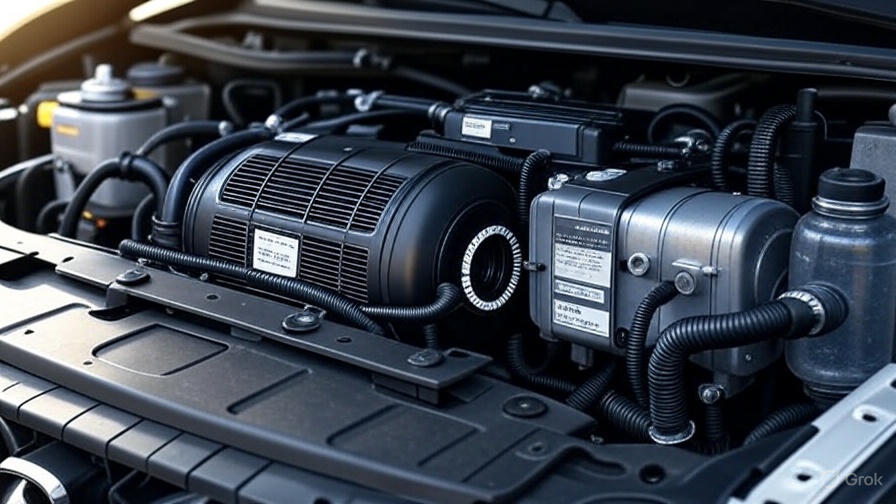
Maintenance Tips for Optimal Performance
Regular System Operation
Run your A/C system for at least 10 minutes every month, even during winter. This circulation keeps seals lubricated and prevents refrigerant from settling in low points of the system. Regular operation also helps identify developing problems before they become major issues.
Cabin Air Filter Replacement
Replace your cabin air filter according to manufacturer recommendations, typically every 12,000 to 15,000 miles. A clogged filter restricts airflow through the evaporator, reducing cooling efficiency and causing the system to work harder.
Clean filters also improve air quality inside your vehicle by removing dust, pollen, and other contaminants. Some filters include activated carbon for odor removal.
Professional Service
Have your A/C system professionally serviced every two years or according to manufacturer recommendations. Professional service includes refrigerant level checks, leak detection, and component inspection.
Technicians can identify potential problems before they cause system failure. They also have specialized equipment for proper refrigerant handling and system evacuation.
Keep It Clean
Regularly clean your vehicle’s exterior, paying attention to the condenser area. Remove leaves, debris, and insects that can block airflow. Use compressed air or a soft brush to clean condenser fins gently.
Interior cleanliness also matters. Vacuum regularly and avoid smoking in your vehicle to prevent evaporator contamination and odors.
Environmental Impact and Efficiency
Modern car A/C systems balance cooling performance with environmental responsibility. Newer refrigerants have lower global warming potentials, while improved system designs increase efficiency and reduce fuel consumption.
Proper maintenance and prompt leak repairs prevent refrigerant release into the atmosphere. When service is needed, certified technicians use recovery equipment to capture and recycle refrigerants properly.
Efficient A/C operation also reduces fuel consumption. Well-maintained systems reach desired temperatures faster and maintain them with less energy consumption. This efficiency saves money and reduces emissions.
Future of Automotive Air Conditioning
Electric and hybrid vehicles are driving innovation in automotive air conditioning. These vehicles use electric compressors that operate independently of engine speed, providing more precise temperature control and improved efficiency.
Heat pump systems are becoming more common, especially in electric vehicles. These systems can both heat and cool the cabin while using less energy than traditional heating methods.
Advanced climate control systems now include features like pre-conditioning, which cools or heats the vehicle before you enter. Some systems even learn your preferences and adjust automatically based on weather conditions and time of day.
Conclusion
Your car’s air conditioning system represents a sophisticated integration of thermodynamics, mechanical engineering, and environmental science. From the moment you press the A/C button, multiple components work together to remove heat and humidity from your vehicle’s interior.
Regular maintenance and prompt attention to problems ensure your system provides years of reliable service. As technology advances, these systems become more efficient and environmentally friendly while maintaining the comfort we’ve come to expect during hot weather driving.
Next time you enjoy a cool, comfortable drive on a sweltering summer day, you’ll appreciate the complex processes happening behind the scenes. Your car’s A/C system truly is one of the most valuable comfort features ever developed for automobiles.
